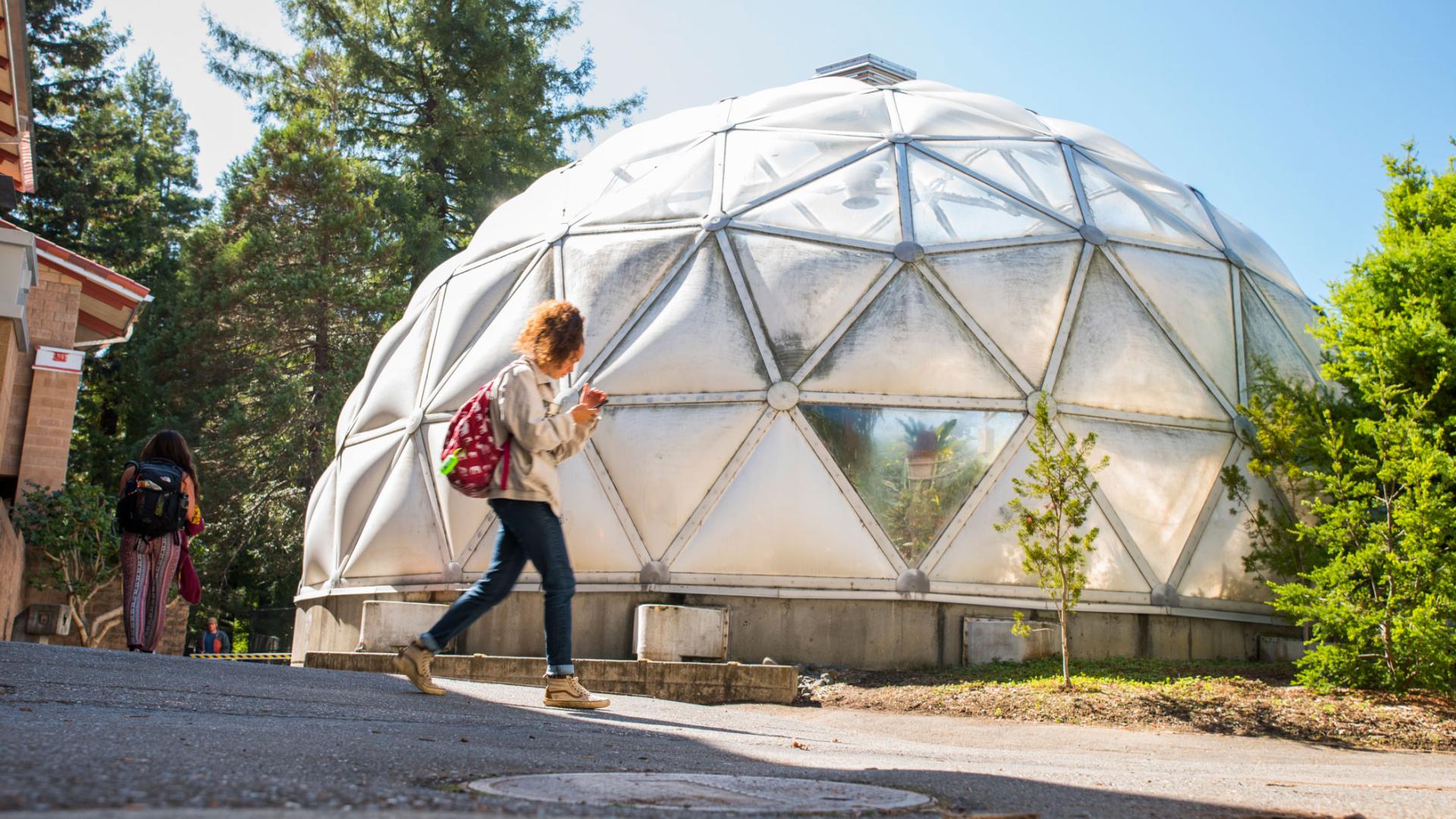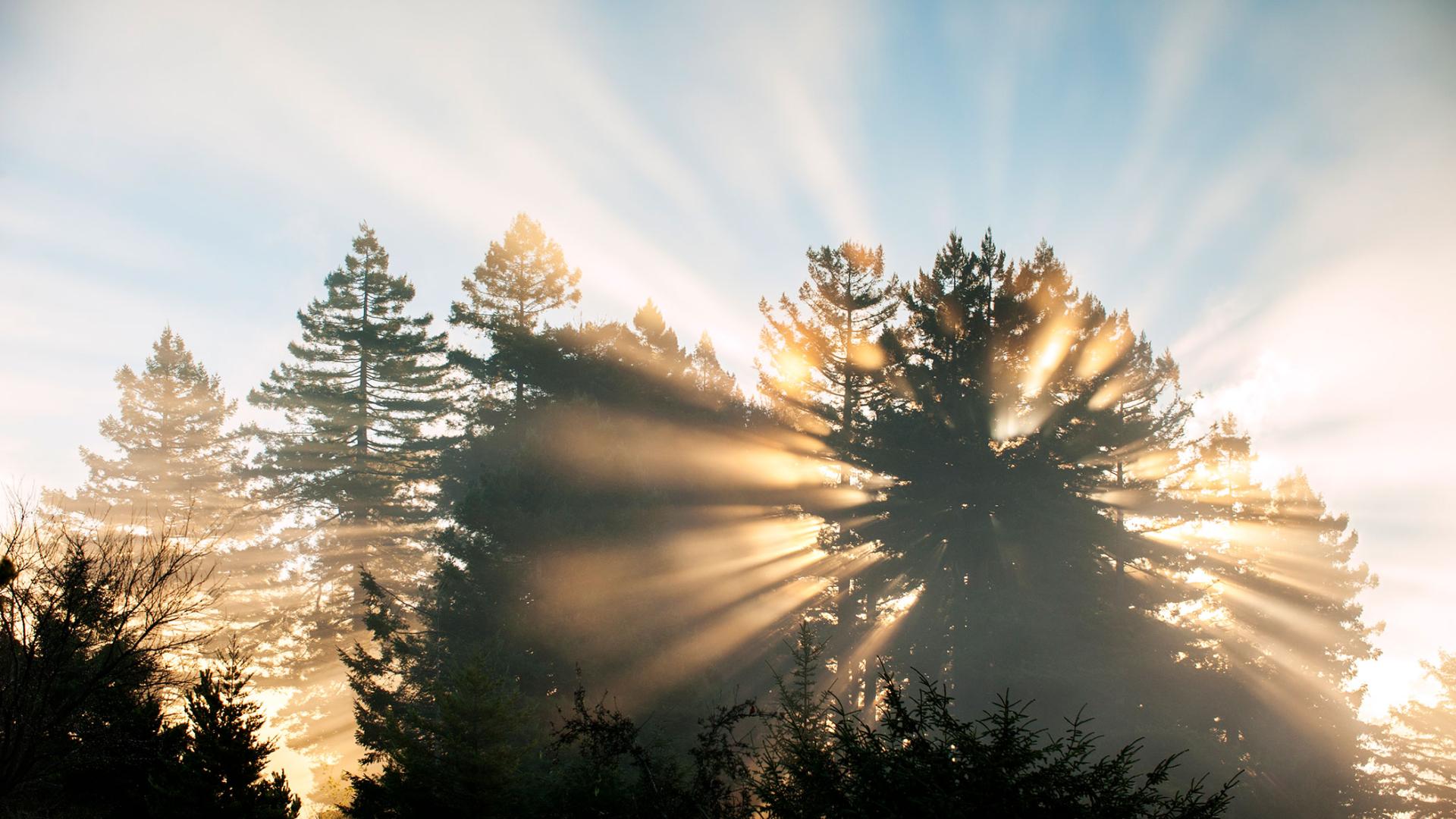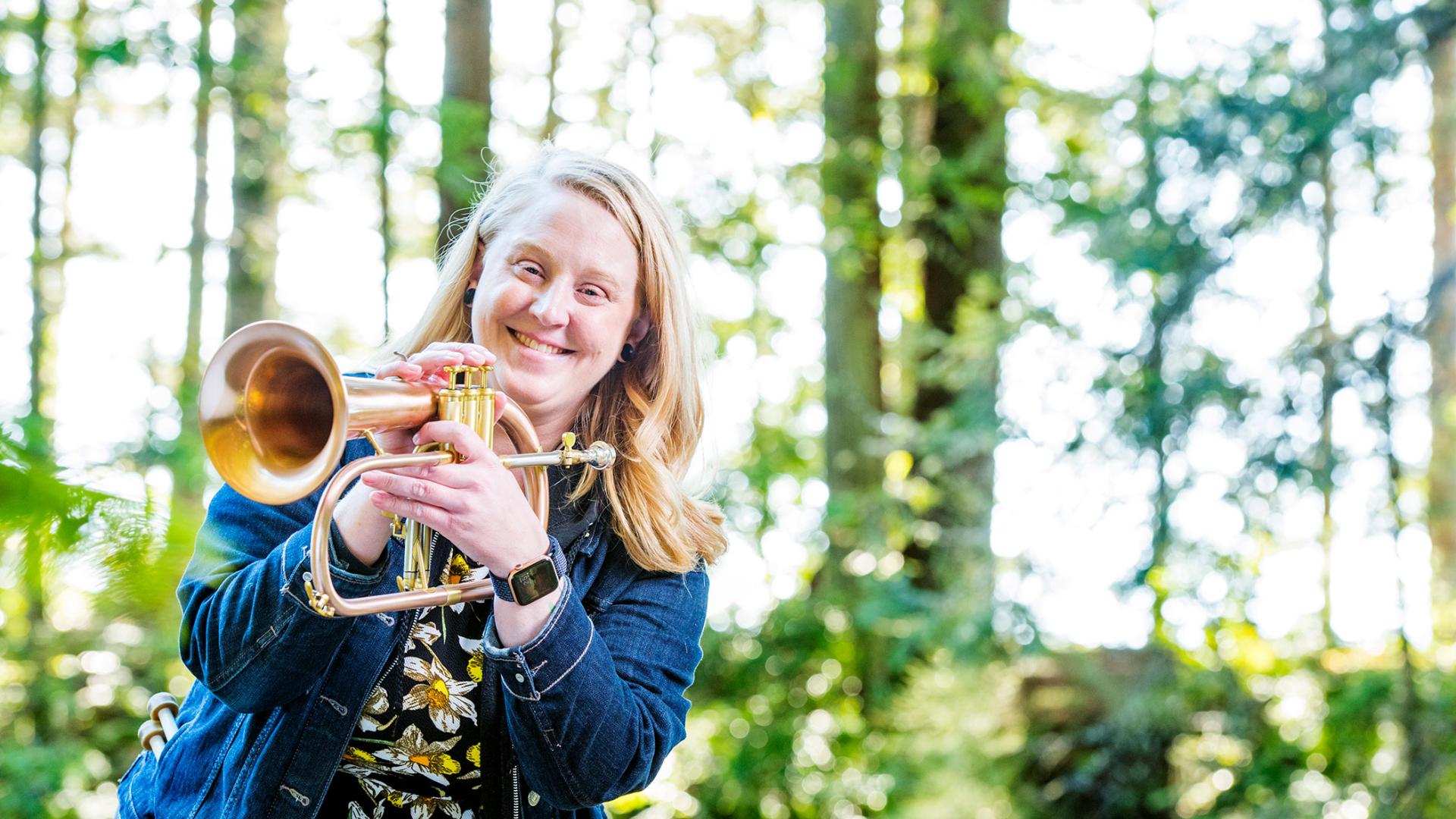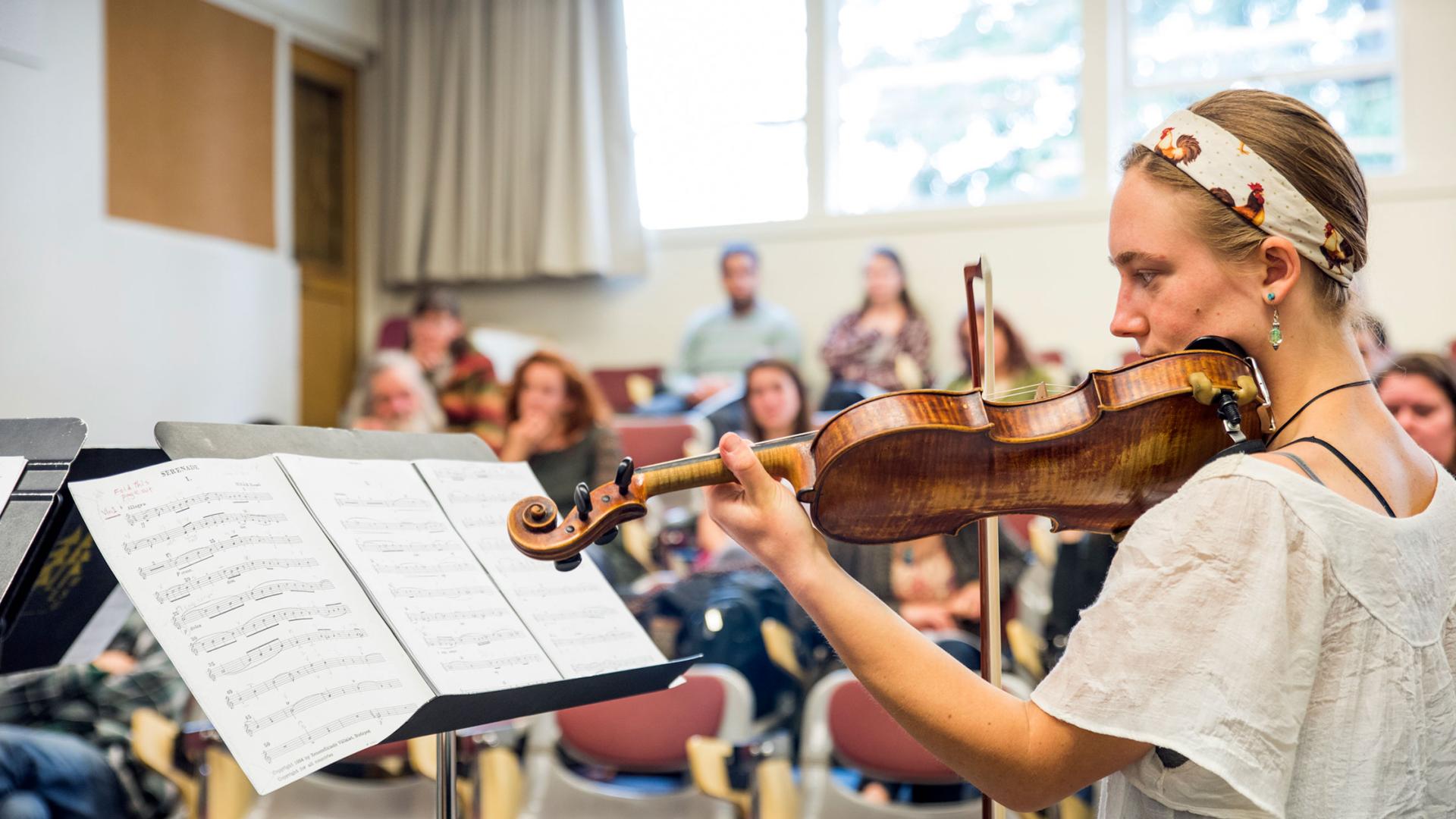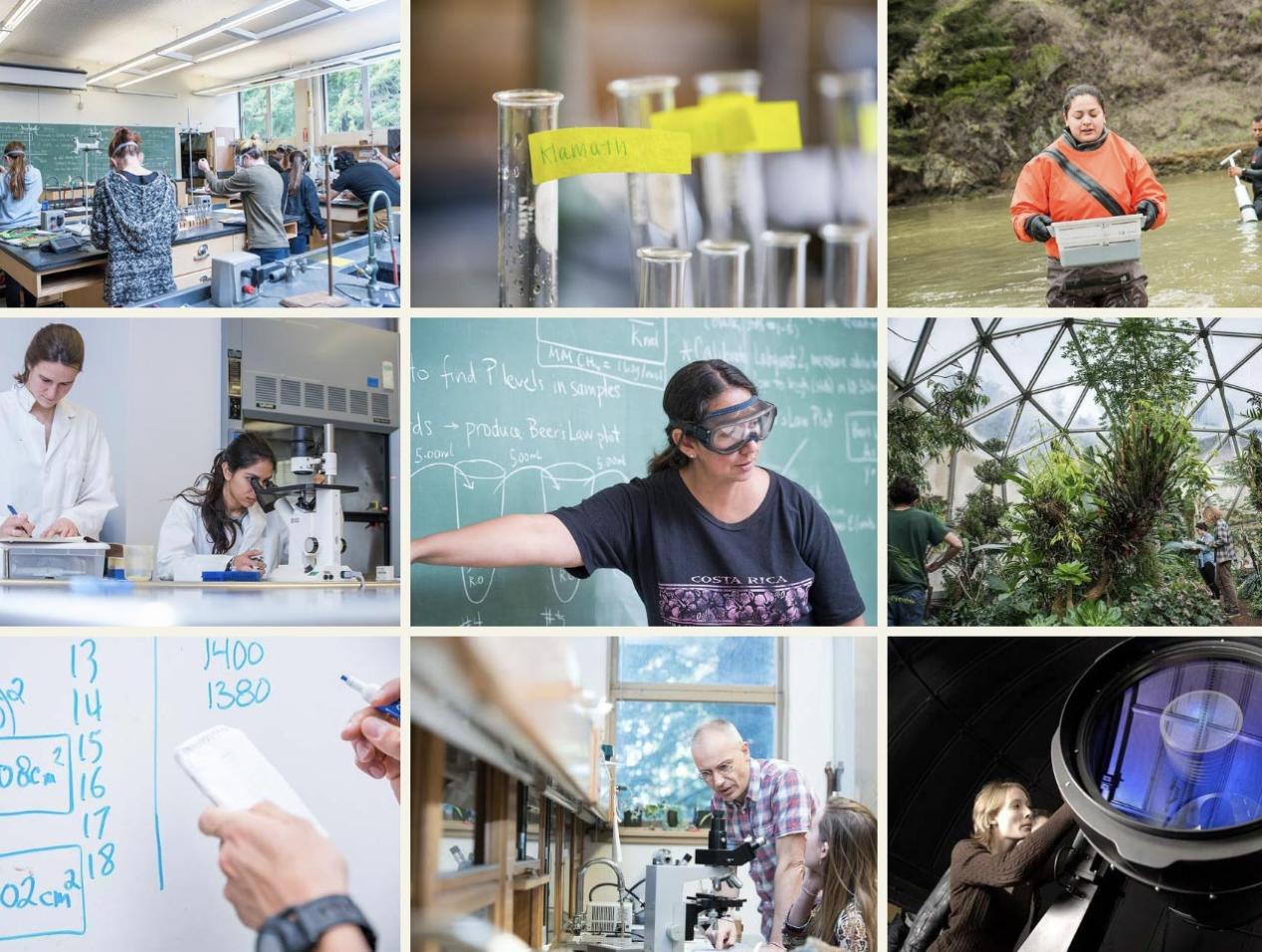Breadcrumb
Achievements
Find out what our students, faculty, and staff are being recognized for.
Logan Holey
Forestry, Fire & Rangeland Management
Logan Holey was awarded a competitive undergraduate research grant from the Northern California Botanists to conduct research on how air temperature and photosynthetically active radiation vary and potential effects on rangeland plant communities across microhabitats at local solar microgrids in Arcata, McKinleyville and Kneeland.
Ismael Chowdhury & Dana Johnstun
Biological Sciences
Two graduate students from Dr. Sean Craig's lab in Biology have won awards at the International Bryozoology Association (IBA) meeting in Tokyo, Japan! Current student Dana Johnstun won an "outstanding presentation" award, while former student Ismael Chowdhury won a "travel award" to go to the meeting and give 2 presentations. Both students will publish their work in the Conference Proceedings (along with 1 additional former student from Sean Craig's lab, Sheena Stephens-Norton)
Alex Juan, Andre Buchheister, Darren Ward, Rafael Cuevas-Uribe
Fisheries Biology
Congratulations to recent Fisheries Biology M.S. graduate Alex Juan (’24) on publishing his thesis research in the journal Environmental Biology of Fishes! Co-authored with his advisor Dr. Andre Buchheister and two other Fisheries faculty (Drs. Darren Ward and Rafael Cuevas-Uribe), Alex studied the growth, maturity, and mortality of invasive Sacramento pikeminnow in the South Fork Eel River. His work provides the first documentation of sexual dimorphism in this species and offers critical life history insights that will support ongoing efforts to manage invasive pikeminnow and aid the recovery of threatened native fishes. Check out his first peer-reviewed paper here: https://link.springer.com/article/10.1007/s10641-025-01734-3.
Justin Harden
Biological Sciences
Justin Harden, a graduate student in the Chin Lab, has been named a USDA-ARS NextGen Fellow.
Pedro Peloso
Biological Sciences
Biological Sciences faculty Dr. Pedro Peloso was a senior author on a new paper addressing long-standing confusion in the naming of a group of South American tree frogs (genus Boana, family Hylidae). The study was led by Gisele Cassundé, one of Peloso’s former students from Brazil. Using a combination of genetic and anatomical data, along with an extensive review of literature spanning two centuries, the authors resolved a complex taxonomic puzzle—clarifying species identities and providing a foundation for the description of several new species. The paper was published in the journal Zootaxa.
Reference: Cassundé, G. F., M. J. Sturaro, A. O. Maciel, G. R. Lima-Filho, M. L. Lyra, M. T. Rodrigues, C. F. B. Haddad, A. Aleixo, and P. Peloso. (2005) "Neotype Designations for Hyla geographica Spix, 1824 and Hyla geographica var. sive semilineata Spix, 1824, and Comments on the Phylogeny, Taxonomy, and Diversity of the Boana semilineata Species Group (Anura: Hylidae)." Zootaxa 5660, pp. 505–528. https://doi.org/10.11646/zootaxa.5660.4.3.
Sayra Montesinos, Sean Ruzicka, Roland Carter and Zander Leigh
School of Engineering
For at least 25 years, students from the School of Engineering have successfully participated in the Consortium for Mathematics and Its Applications (COMAP) annual Mathematical Modeling Contest (MCM) and Interdisciplinary Contest in Modeling (ICM). The contest begins on a Thursday afternoon and ends on the following Monday evening. This year the competition started on January 23, 2025 and over 27,000 teams of up to three students from thousands of universities around the world produced a report summarizing their solution to one of six possible problems.
This year, two Environmental Resources Engineering (ERE) student teams of two students each from the Cal Poly Humboldt School of Engineering entered in the competition. Both teams selected an ICM problem focused on constructing a model to track habitat change from forest-to-farm over time as the ecosystem evolves along with accompanying agricultural choices. The analysis was required to include both natural processes as well as human decisions.
Competing against over 6,000 teams that selected this problem, the ERE team of Sayra Montesinos and Sean Ruzicka was awarded the score of Honorable Mention, with less than 10% of the 6,000 teams receiving a higher score. The ERE team of Roland Carter and Zander Leigh was awarded the score of Finalist, with less than 1% of the 6000 teams earning a higher score. Congratulations to Sayra, Sean, Roland and Zander for their achievement in this extremely competitive event. We appreciate your efforts which bring recognition to the School of Engineering at Cal Poly Humboldt!
Lily Yassemi
Computer Science
Award Winner: Lily Yassemi
Co-Curricular: Outstanding Student of the Year
Lily Yassemi was nominated by Michelle Gledhill and Victoria Petrillo for the Outstanding Student of the Year award in the co-curricular category.
Lily is the Founder and President of the Society of Women in STEM Humboldt organization and has been the President of the Computer Science Club at Cal Poly Humboldt. Lily is a trailblazer at Cal Poly Humboldt, demonstrating an exceptional balance between academic excellence, leadership, and extracurricular involvement.
It both clubs she raises funds through grassroots efforts and has produced rapid growth in club membership. In Society of Women in STEM club Lily has built a supportive community with resources and networking. For Computer Science club, Lily has organized industry talks, developed and led technical workshops, and facilitated networking opportunities that have helped students round out their education and build professional connections. She also brings an exciting and engaging mix of activities to the club’s meetings like workshops where students learn how to make their own apps.
She led the club’s participation in the prestigious International Collegiate Programming Contest (ICPC), a globally recognized competition, where Cal Poly Humboldt achieved a top-10 placement—the first time the university has appeared on the ICPC global leaderboard. Lily also spearheaded the development of Hackathon for Social Good, an ambitious event that will bring students together to solve real-world challenges proposed by local non-profits.
Lily pours an extraordinary amount of time and energy into her work. Between leading two STEM-focused academic organizations, organizing high-impact events, and ensuring meaningful opportunities for students, she has made a lasting impact on both the campus and the broader community.
Congratulations Lily!
Cheyenne Ty
Computer Science
Award Winner: Cheyenne Ty
Academics & Research: Outstanding Student of the Year
Cheyenne Ty was nominated by Sharon Tuttle and Kamila Larripa for the Outstanding Student of the Year award in the academics & research category.
Kami invited Cheyenne in Fall 2023 to join her National Science Foundation-funded project using mathematical models to investigate the impact of dysfunctional immune cells in the brain. A colleague gave her a very high recommendation after she took a mathematical proofs course with him.
Cheyenne has been the most outstanding undergraduate researcher I have worked with. She quickly came up to speed, devouring large volumes of peer-reviewed biological papers without a background in biology, learned a new coding language and became the expert coder in the group, and contributed a great deal to writing a manuscript, making figures, and overall project management in the first year together. She represented our group by presenting our project at the CSU Research Competition in April 2024. We published a paper from this work, and Cheyenne was with me every step of the way in terms of contributions, writing, revising and organizing supplemental material to be in line with best practices in reproducible research. She is the first author on this paper due to her excellent work.
We are in our second year together of the same project, and have welcomed three new students into the lab group. Cheyenne has stepped into a mentorship role, and continues to push the project ahead with her independence and self-motivation. She is able to explain the necessary biology to our new lab members as well as I can. We are now adding metabolic pathways to our model, and Cheyenne again is delving into the biology and translating mechanisms into code and running simulations. She is a wonderful role model for more junior lab members, and someone I can absolutely count on to contribute to the project with both her work ethic and scientific insights.
Cheyenne has two peer-reviewed publications (one as a first author) and has presented at multiple scientific conferences. This level of activity is quite extraordinary for an undergraduate student.
Her contribution to research projects in the areas of literature review, machine learning experiments, statistical and computational analysis, and programming has been exceptional. As a diligent student with a passion for both mathematics and computer science, her professionalism that surpasses her peers.
Congratulations Cheyenne!!
Barbara Clucas and graduate student Stephanie Stragier
Wildlife
Dr. Barbara Clucas and graduate student Stephanie Stragier were awarded a grant from the Sequoia Park Zoo to support a study investigating habitat quality of the Western snowy plover, a threatened coastal bird species. In Humboldt County, some chicks are hatching at smaller body sizes, which may be linked to habitat degradation or climate change. This project will analyze chick measurements and habitat quality during the 2024–2025 breeding seasons to identify potential causes, ultimately aiming to inform conservation strategies for the species’ recovery and improve monitoring methods. This work will also provide research experience for Humboldt wildlife undergraduate students.
Alyssa Semerdjian
Biological Sciences
Alyssa Semerdjian received a Ranges Imaging Mini-Award for a project that will use 3D models generated from MicroCT scans to study nasal turbinates - tiny bones inside the noses of mammals that help them maintain body temperatures and conserve water. The study will focus on rodents from the family Heteromyidae. Members of this family can be found across North and Central American from extremely dry deserts to wet tropical forests. This work will provide new insights into the adaptive significance of nasal turbinates, and how morphology and physiology can vary in closely related small mammal species that occupy different habitats.


